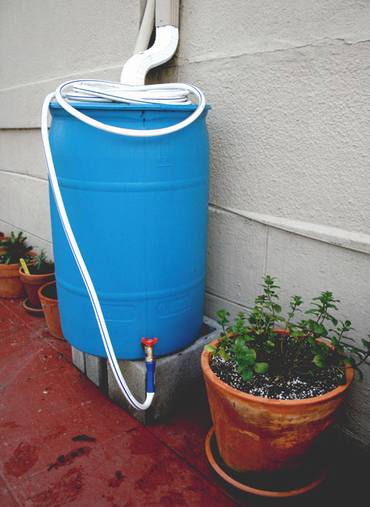
All she wants is the rain water that lands on her roof. She lives with her husband and two children in a solar-powered home in rural San Miguel County. Committed to promoting sustainability, Kris Holstrom grows organic produce year-round, most of which is sold to local restaurants and farmers markets. On a mesa at 9,000 feet elevation, however, water other than precipitation is hard to come by.
So Kris did what thousands of farmers before her have done: She applied for a water right. Except instead of seeking to divert water from a stream, she sought to collect rain that fell upon the roof of her house and greenhouse. To her surprise, the state engineer opposed her application, arguing that other water users already had locked up the right to use the rain. The Colorado Water Court agreed, and Kris was denied the right to store a few barrels of rainwater. If she persisted with rain harvesting, she would be subject to fines of up to $500 per day.
How could this happen?
Like other western states, Colorado water law follows the prior appropriation doctrine, of which the core principle is “first in time, first in right.” The first person to put water to beneficial use and comply with other legal requirements obtains a water right superior to all later claims to that water.
The right to appropriate enshrined in Colorado’s Constitution has been so scrupulously honored that nearly all of the rivers and streams in Colorado are overappropriated, which means there is often not enough water to satisfy all the claims to it. When this happens, senior water-right holders can “call the river” and cut off the flow to those who filed for water rights later, so-called “juniors.” Continue reading Water Rights and Rain